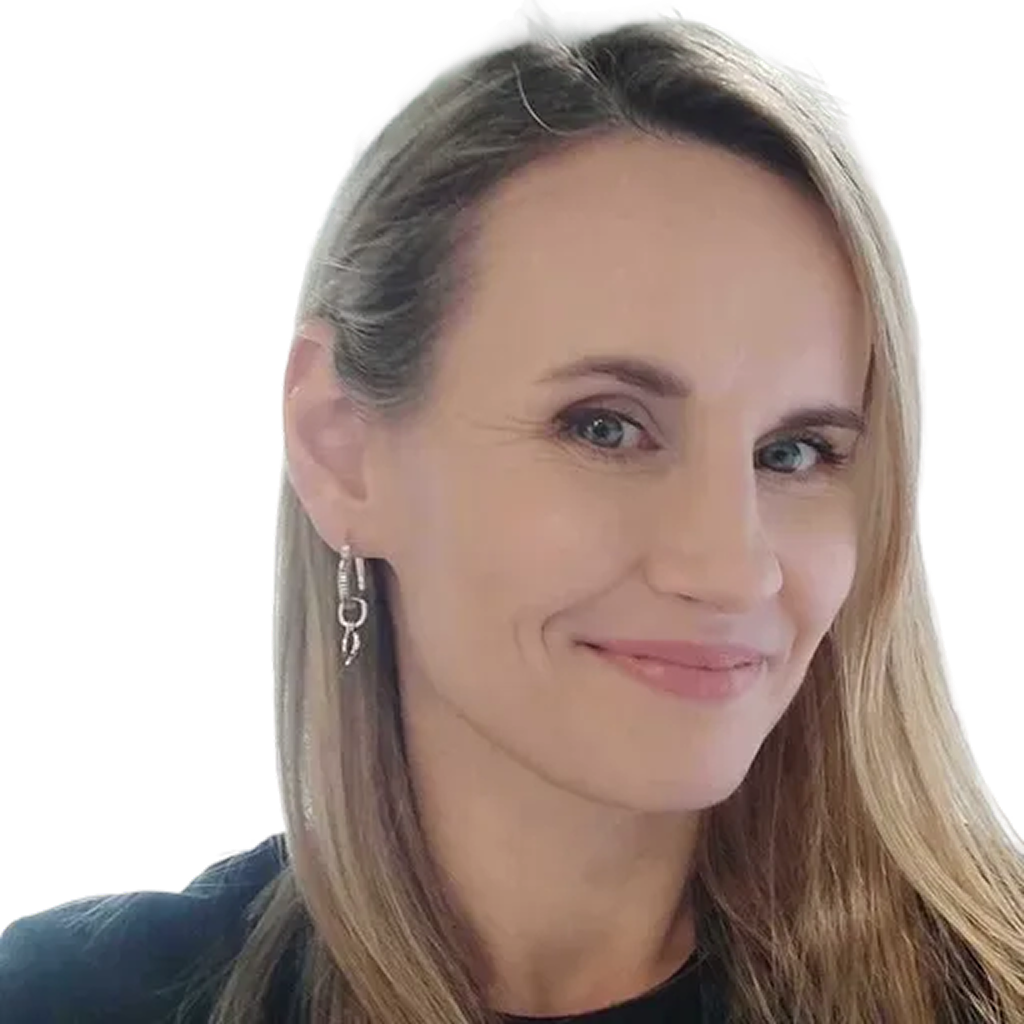5 tips on maximizing the offshore development team productivity


Hiring offshore developers can be a great way to boost the company’s competitiveness and deliver high-quality software for a decent price. Yet there is always a concern about the productivity of the team far away. How to ensure the job is done in the fastest way possible?
The concern about the value-for-money is a common problem in outsourcing – whether the vendor will deliver the quality it claims to. When the accounting or payroll is outsourced, the client company can be worried about compliance.
In a software development world, the key concern is about the team’s productivity.
What is productivity?
Shortly after the dust of the industrial revolution settled and a new order of mechanized society emerged, Frederick Winslow Taylor, an American industrialist, found this new order highly inefficient in many ways. Although it was steel processing that made him rich, he was most proud and well known for his managerial theory works.
Taylor was one of the first minds to spot the problem of productivity. While mechanization has improved the output and goods production, it was clear that there are bottlenecks in the process that make the usage of machines and resources suboptimal.
Frederic Taylor has made a stopwatch, a novelty at times of his work, his signature gadget, and was known to measure the effectiveness of work by calculating the output in time. This was the introduction of the first wave of modern managerial techniques. A famous anecdote described Taylor ordering multiple types of shovels to transport various materials instead of using one for every good.
In its basics, productivity is the number of shovels, lines of code, or products manufactured in a time. The higher the number, the better the productivity, assuming the quality is kept.
Why maximizing the productivity of an offshore team is a must for the client company?
In the end, the offshore company gets paid for the delivered product – usually an app or a digital system. Currently, there are two offshore software development models when it comes to payments:
- Fixed price – in this situation the client has set a price for the app before the development,
- Time and materials – in this model the company pays for the development in the on-the-go model, gaining flexibility while sacrificing the predictability.
A productive team delivers a product faster and in better quality. When the product is delivered in the time and materials model, the productive team delivers it not only faster, but also cheaper sometimes.
Thus, hiring a productive offshore team is always again for the company. Assuming it is productive, of course.

How to maximize the offshore team productivity
Hiring an offshore team is always a leap of faith. But afterward, it is a matter of cooperation and mutual understanding. Luckily, tools like Calamari make it more effective.
Track time of employees
Since Frederick Taylor, productivity was associated with time. And what is not measured cannot be optimized and counted. That’s why the client company needs to track the time of hired employees.
The time worked is either basic information required to pay for the job in time and materials model or proof that the vendor has delivered as many hours as it was contracted.
Although it is a common practice to transfer the responsibility for time tracking on the vendor company, there are several advantages of providing the vendor with its own online timesheet system like Calamari:
- The data is secure – only selected employees can access the source data and only administrators can modify them. Also, there are logs available with clear information on the hour of access and actions done, so the risk of unauthorized changes is mitigated,
- The process is faster – when the data is kept in the client’s ecosystem, the reporting speed is boosted. Instead of preparing the report, the vendor is only accepting the already collected and compliant data,
- The tool fits the client’s ecosystem – last but not least, it is the client who needs to validate the work and process most of the paperwork. The process of hiring an offshore partner can be tricky and using a convenient data gathering tool can reduce many pains.
Taylor was known to go around with his stopwatch to measure the output, but luckily, modern solutions are far more sophisticated. Calamari, for example, is available as a mobile app, in a web browser, as a kiosk app, and in multiple other ways. Thus no matter if the vendor’s employee is at home office or in any other location – the app will be available.
Track time of projects
A kind of opposite approach. While tracking the time of employees is clear information about the workload, tracking the project time is purely about the costs and benefits of cooperation.
A modern tool like Calamari makes assigning to a project easy, so the vendor gets the information on the time spent on a project or a feature by a particular employee. This makes invoicing much easier, especially if there is a higher wage for a particular group of employees – for example, senior coders.
Also, having precise and clear information about the workload on each project, the time spent and the coders allocated, the company can validate multiple vendors or compare team performance.
Set clear goals on multiple levels
Tracking the time is only one part of the job – the second is about being clear about what has to be delivered. Without that, the information about productivity is distorted by the time wasted on clarifying the goal to be delivered.

A goal needs to be:
- Measurable – there needs to be a factor determining if it was delivered or not,
- Time-logged – the goal has to have either deadline or a limit on the hours it has to be delivered,
- Clear – both the vendor and the client need to be clear about what needs to be done – the nature of features, the scope, and the overall functionality.
Having clear information on delivering goals in time and how many people have worked on them is a solid basis to determine the productivity of the team.
Communicate in a clear way
Although a bit apart, communication is the bread and butter of cooperation not only with an offshore IT team but with any people.
This aspect needs also to be cleared – what tools will be used, what time has to be blocked for status meetings, and how many of them are efficient.
There are many tools to use with Slack or Microsoft Teams being currently the most popular. Also, they are versatile enough to come with handy integrations, for example with Calamari. Emails tend to be messy and induce more chaos despite the image of “having everything written down”.
Every company is different and the way of communication needs to be established with a respect for different cultures and approaches both in vendor and in the client team.
Avoid micromanagement
Last but not least, the client company is not managing the offshore team, at least not in the way junior employees are. Thus, the project owner should trust the vendor when it comes to day-to-day operations.
Micromanagement does a lot of harm by hampering the productivity of the vendor team while building up the frustration in the client company. The leap of faith mentioned at the beginning of the text is basically about the discarding of micromanagement and going agile with a remote team.
Summary
Hiring an offshore software developer can be rocket fuel for both a startup and an established company. The problem is in the productivity of the team and the frames of cooperation.
If both parties are clear on the goal to achieve and the time limit, everything will be alright. Nevertheless, without metrics, the client company will never determine if the cooperation is successful or not.
If you wish to talk about the ways Calamari can support the cooperation between the client company and an offshore software development company, don’t hesitate to contact us now!
Read more our texts about Remote work, outsourcing and offshoring
- Remote work in Europe before Covid-19 pandemic
- Transparency at work – the foundation of an effective home office
- Working from home with kids – 8 rules to follow
- 5 reasons you should consider hiring a remote team
- Hiring remote employees? Here’s a list of must-have online tools for remote management.
- Offshore, nearshore, onshore – differences, and tips
- 5 tips on maximizing the offshore development team productivity
- 7 cool tips on how to manage an offshore team



















